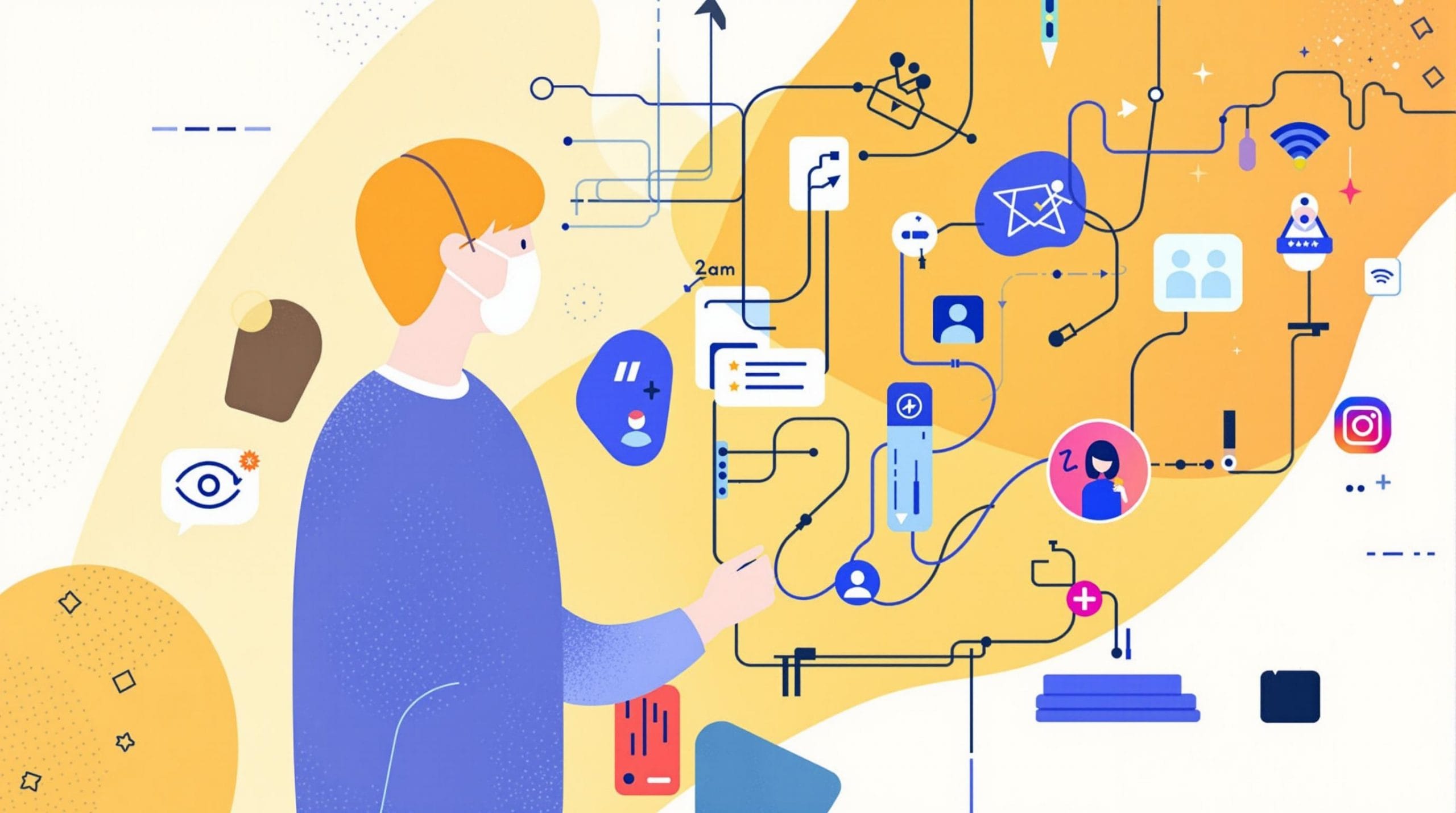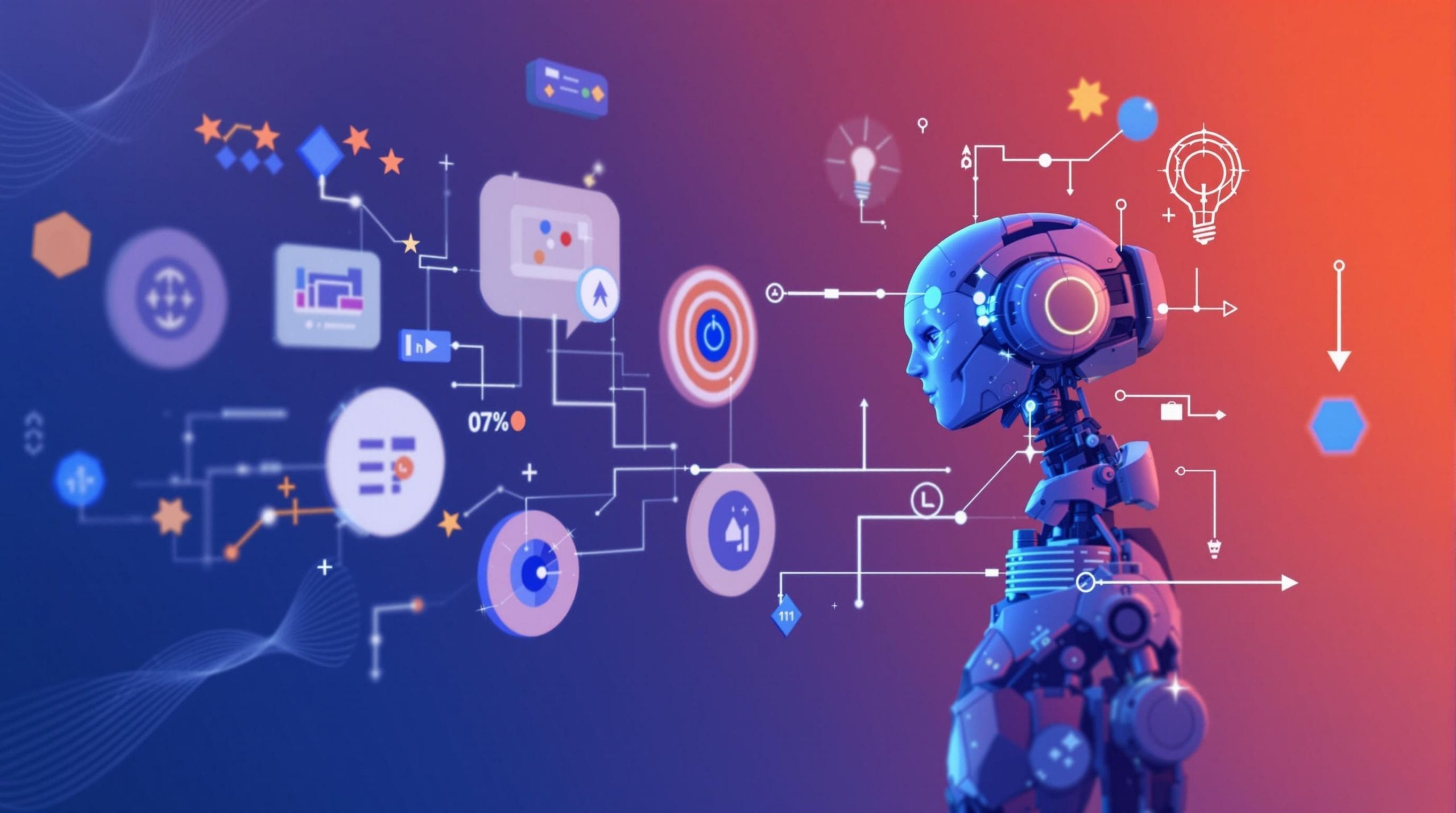How to Stay Safe on the Internet: A 2025 Guide
The cybersecurity landscape in 2025 presents unprecedented challenges, with cybercrime costs reaching $10.5 trillion globally and making it the world’s third-largest economy behind only the United States and China. Understanding How to Stay Safe Online has become more critical than ever, as new threats emerge every two seconds and affect everything from individual privacy to national security infrastructure.
Key Takeaways
- Cybercrime costs will reach $10.5 trillion globally in 2025, representing a 15% year-over-year growth rate
- Data breaches now cost an average of $4.88 million per incident, with 83% of victim notices stemming from just five mega breaches
- Ransomware attacks occur every two seconds and are projected to cause $265 billion in damages annually by 2031
- Infostealer malware has compromised over 330 million credentials from 4.3 million infected machines worldwide
- Leading cybersecurity platforms like SentinelOne, CrowdStrike, and Fortinet offer AI-driven protection essential for modern threat defense
The Staggering Scale of Modern Cybercrime
Cybercrime has evolved into a global economic powerhouse that rivals entire nations. The World Economic Forum’s latest analysis positions cybercrime as the third-largest economy worldwide, generating more revenue than most countries’ entire GDP. This isn’t just about individual hackers anymore—we’re looking at sophisticated criminal enterprises operating with business-like efficiency and scale.
Americans alone reported $12.3 billion in cybercrime losses during 2023, according to the FBI’s Internet Crime Complaint Center. However, this figure represents only reported incidents, meaning the actual impact is likely much higher. The 15% annual growth rate in cybercrime costs demonstrates how quickly these threats are expanding and evolving.
By 2027, experts project cybercrime costs will reach $23 trillion—a staggering 175% increase from 2022 levels. This exponential growth reflects not just more attacks, but increasingly sophisticated methods that cause greater damage per incident. Internet Safety has become a fundamental requirement for both individuals and organizations operating in this hostile digital environment.
Data Breaches: The $4.88 Million Problem
The cost of data breaches reached an average of $4.88 million per incident in 2024, representing a 10% increase from the previous year. What’s particularly concerning is that 83% of all data breach victim notices stemmed from just five “mega breaches” in 2024, showing how a small number of massive incidents can affect millions of people simultaneously.
Here’s what makes these mega breaches so dangerous:
- They affect multiple organizations through shared infrastructure or supply chains
- Recovery costs scale dramatically with the number of affected records
- Legal and regulatory penalties multiply across jurisdictions
- Brand damage extends far beyond the initial incident
Despite a 1% decrease in overall U.S. data compromise incidents, breach notices increased by 211% year-over-year. This paradox indicates that while there might be fewer individual incidents, each breach affects significantly more people than before. The concentration of attacks on high-value targets means that successful breaches have exponentially greater impact.
Research shows that 76% of intrusion breaches involved attackers exploiting one of just 10 specific vulnerabilities. This concentration suggests that focusing defensive efforts on these common attack vectors could significantly reduce breach risk. Cybersecurity professionals need to prioritize patching these known vulnerabilities and implementing detection mechanisms specifically designed to identify exploitation attempts.
Ransomware: Every Two Seconds Under Attack
Ransomware has evolved from a nuisance to a national security threat. The White House National Cybersecurity Strategy officially reclassified ransomware attacks as a top-tier national security concern, reflecting their potential to disrupt critical infrastructure and essential services.
The numbers tell a sobering story. By 2031, security experts predict a new ransomware attack will occur every two seconds. The projected annual damage from these attacks will reach $265 billion by 2031, but even in 2025, we’re looking at $57 billion in annual damages—that’s $4.8 billion monthly, $1.1 billion weekly, and $156 million daily.
This represents a dramatic escalation from 2015, when ransomware caused approximately $325 million in total damages for the entire year. The evolution from hundreds of millions to hundreds of billions in damages over a decade demonstrates how quickly threat actors have scaled their operations and improved their effectiveness.
Modern ransomware operations function like legitimate businesses, complete with customer service departments, affiliate programs, and service level agreements. They’ve professionalized their approach to maximize profits while minimizing the risk of capture. Understanding this business model is crucial for developing effective defenses and response strategies.
Infostealer Malware: 330 Million Compromised Credentials
Infostealer malware represents one of the most insidious threats in the current landscape. These programs specifically target stored credentials, browser data, and other sensitive information that can be monetized on underground markets. In 2024, infostealers compromised over 330 million credentials from approximately 4.3 million infected machines globally.
The most prevalent strains include:
- Lumma – Focuses on browser credentials and cryptocurrency wallets
- StealC – Targets stored passwords and session tokens
- Redline – Harvests system information and authentication data
These three families account for over 75% of all infostealer infections, demonstrating how a few successful malware strains can dominate the threat landscape. What makes infostealers particularly dangerous is their stealth—they’re designed to operate silently while extracting valuable data over extended periods.
Remote access tools were used in 59.4% of intrusions, while external exploits accounted for 33.2%. This data reveals that most successful attacks rely on gaining persistent access to target systems rather than quick hit-and-run operations. Digital Literacy becomes essential for recognizing the signs of these persistent threats and implementing appropriate countermeasures.
DDoS and Bot Attacks: 90% of Websites Under Siege
Distributed Denial of Service (DDoS) attacks surged by 41% in 2024, with the Gorilla DDoS Botnet alone responsible for over 300,000 cyberattacks. These numbers represent a fundamental shift in how attackers approach their targets, moving from selective targeting to broad-spectrum attacks against entire industries.
The statistics reveal the scope of the problem. By the end of 2024, 9 out of 10 websites encountered bot attacks, while 100% of healthcare sites witnessed at least one bot attack. This universal targeting approach means that no organization can assume they’re too small or unimportant to be attacked.
Retailers faced the most intense pressure, with bot-driven attacks rising 60% in 2024. The retail sector’s vulnerability stems from their extensive online presence, payment processing systems, and valuable customer databases. Additionally, API attacks increased by 39%, reflecting attackers’ growing sophistication in targeting backend systems rather than just user-facing interfaces.
Healthcare organizations face unique challenges because their systems often contain both valuable personal information and critical operational data. A successful attack can simultaneously compromise patient privacy and disrupt life-saving services, making healthcare a particularly attractive target for cybercriminals seeking maximum impact.
Top Cybersecurity Platforms for 2025 Protection
Selecting the right cybersecurity platform has become crucial for effective Online Privacy protection. The leading solutions for 2025 include SentinelOne, CrowdStrike, Fortinet, and Microsoft Defender, each offering distinct advantages depending on organizational needs and existing infrastructure.
SentinelOne’s autonomous AI protection stands out for its ability to detect and respond to threats without human intervention. The platform’s machine learning algorithms continuously analyze behavior patterns to identify anomalies that might indicate malicious activity. This AI-driven approach is particularly effective against zero-day threats and advanced persistent threats that traditional signature-based systems might miss.
CrowdStrike’s Endpoint Detection and Response (EDR) capabilities provide comprehensive visibility into endpoint activities across an organization. Their cloud-native architecture allows for real-time threat intelligence sharing across all protected endpoints, creating a collective defense network that becomes stronger as it grows.
Fortinet focuses on network security integration, offering solutions that span from individual devices to entire network infrastructures. Their approach is particularly valuable for organizations with complex network topologies that require comprehensive coverage across multiple attack vectors.
Microsoft Defender’s strength lies in its seamless integration with existing Microsoft 365 ecosystems. For organizations already invested in Microsoft infrastructure, Defender provides security controls that work natively within familiar interfaces and workflows, reducing training requirements and implementation complexity.
Essential Data Security and FTC Compliance
Federal Trade Commission regulations provide a framework for essential data security practices that organizations must implement to maintain compliance and protect customer information. The FTC’s Disposal Rule requires proper procedures for destroying sensitive information, including physical documents, electronic files, and data stored on devices that might be overlooked.
The Red Flags Rule mandates identity theft prevention programs for organizations that maintain covered accounts. This includes implementing procedures to detect suspicious activities, verifying customer identities, and responding appropriately when identity theft indicators are identified. Compliance requires documented procedures and regular staff training on threat recognition.
The Safeguards Rule requires comprehensive information security programs that include administrative, technical, and physical safeguards. Organizations must designate a qualified individual to oversee the program, conduct regular risk assessments, and implement controls appropriate to their size and complexity.
Digital copiers and multifunction devices often contain hard drives that store copies of every document processed. Many organizations overlook these devices when implementing data security measures, creating potential vulnerabilities. Proper device management includes secure disposal procedures for these often-forgotten data repositories.
Data breach response planning involves more than just incident response—it requires predetermined notification procedures, legal compliance protocols, and communication strategies for affected individuals. Organizations must understand their obligations under various state and federal breach notification laws, as penalties for non-compliance can be severe.
Building Your Comprehensive Internet Safety Strategy
A effective internet safety strategy for 2025 requires multiple layers of protection working together seamlessly. Information lifecycle management starts with understanding what data you collect, where it’s stored, how it’s processed, and when it should be deleted. This data governance approach provides the foundation for all other security measures.
Device security protocols must address not just computers and phones, but also IoT devices, smart home systems, and any connected equipment that might process or store sensitive information. Each device represents a potential entry point for attackers, making comprehensive device management essential for maintaining security.
Multi-layered protection involves integrating endpoint security, network protection, cloud security, and identity management into a cohesive defense system. No single security tool can address all potential threats, so organizations need solutions that work together to provide comprehensive coverage across all attack vectors.
Incident response planning goes beyond having a written plan—it requires regular testing, staff training, and continuous updates based on emerging threats. The plan should include specific procedures for different types of incidents, communication protocols, and recovery procedures that minimize downtime and data loss.
Regular security
news via inbox
Get our best unfiltered stories and boldest ideas delivered straight to your inbox.

























